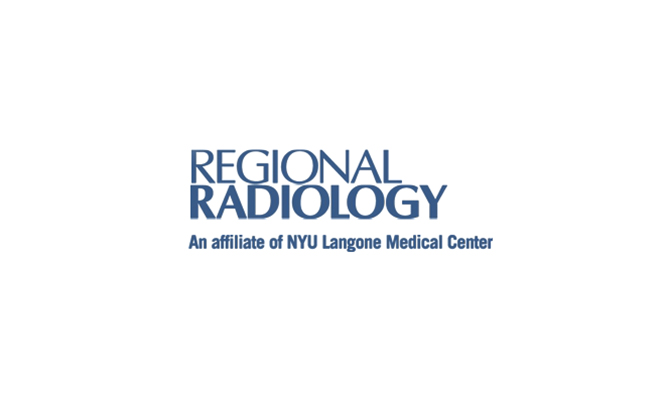

Biliary drainage and stenting is the common treatment for clearing gallstones and other blockages from the bile ducts in patients with jaundice. A stent is placed to hold the duct open.
During a liver biopsy, a small piece of tissue is removed from the liver using a special needle and local anesthesia. Direct examination of the tissue sample is the best way to determine whether the liver is damaged or diseased.
Present or potential abscesses identified with CT, ultrasound or MRI may be drained percutaneously (through the skin) using local anesthetic and an aspirating needle or catheter.
This minimally invasive alternative to open surgery uses fluoroscopy and/or ultrasound to guide the placement of tubes into the stomach or jejunum, either through the abdominal wall (the "push" or Sacks-Vine method) or through the mouth (the "pull" or Ponsky-Gauderer method). The procedure may require gaseous distension of the stomach, typically through a nasogastric tube.
Percutaneous nephrostomy and stent placement are minimally invasive treatments performed to prevent urinary leakage or clear blockages in the urethra (such as those caused by kidney stones). Nephrostomy is most often performed to drain urine when the urethra is blocked, although it can also aid in other urological procedures such as chemical stone dissolution, chemotherapy and stent placement. Stents are placed to widen the urethra so blockages may pass through.
During a renal biopsy, a small piece of tissue is removed from the kidney using a special needle and local anesthesia. Direct examination of the tissue sample is the best way to determine whether the kidney is damaged or diseased.
During a lung biopsy, a small piece of tissue is removed from the lung using local anesthesia and either a needle inserted through the skin or an endoscope passed through the nasal cavity and bronchus. Biopsy is an alternative to sputum examination and surgical excision in determining whether the lung is damaged or diseased.
CT and ultrasound imaging can be used to guide needles for the precise sampling of tissue during biopsies of the heart, lungs, breasts and other organs.
All regions of the body are accessed utilizing imaging guidance via CT, ultrasound or fluoroscopy. The most frequently performed biopsies are those of the lung, liver, lymph nodes and bone, and the most frequently drained abscess sites are the abdomen and pelvis as well as empyemas of the lung, although these lists are not all-inclusive.